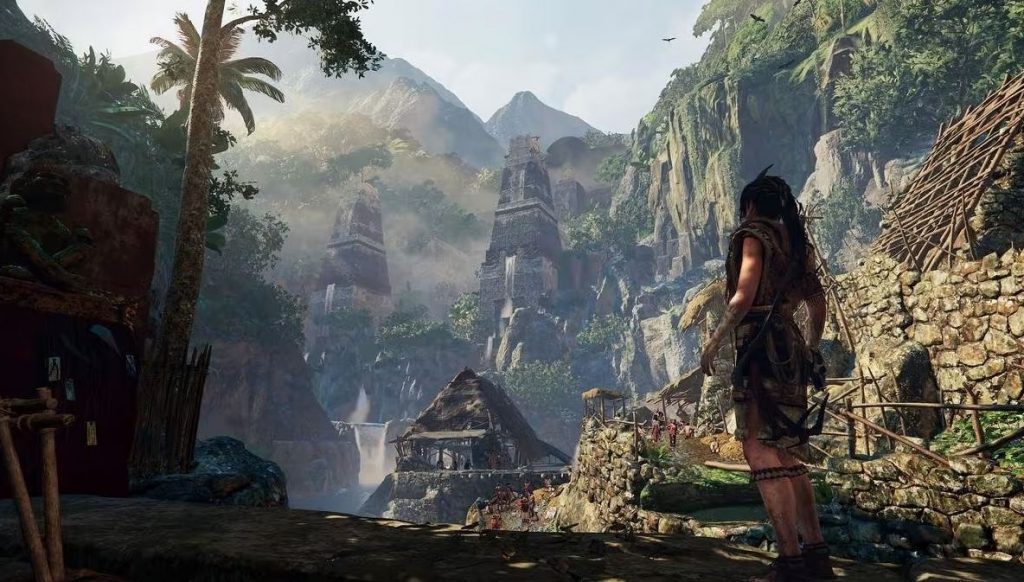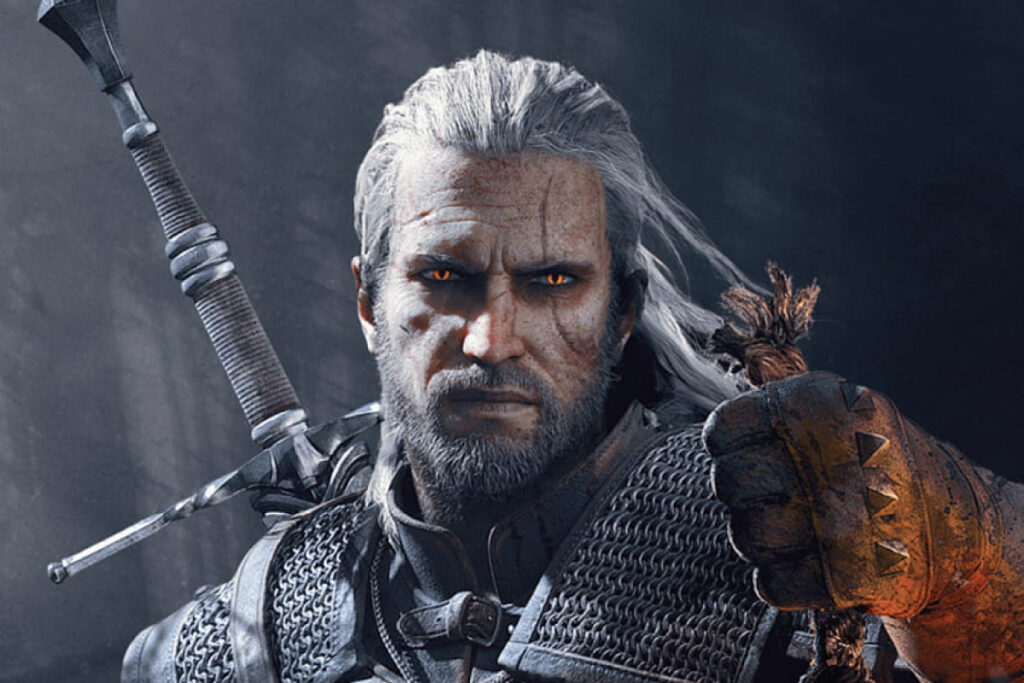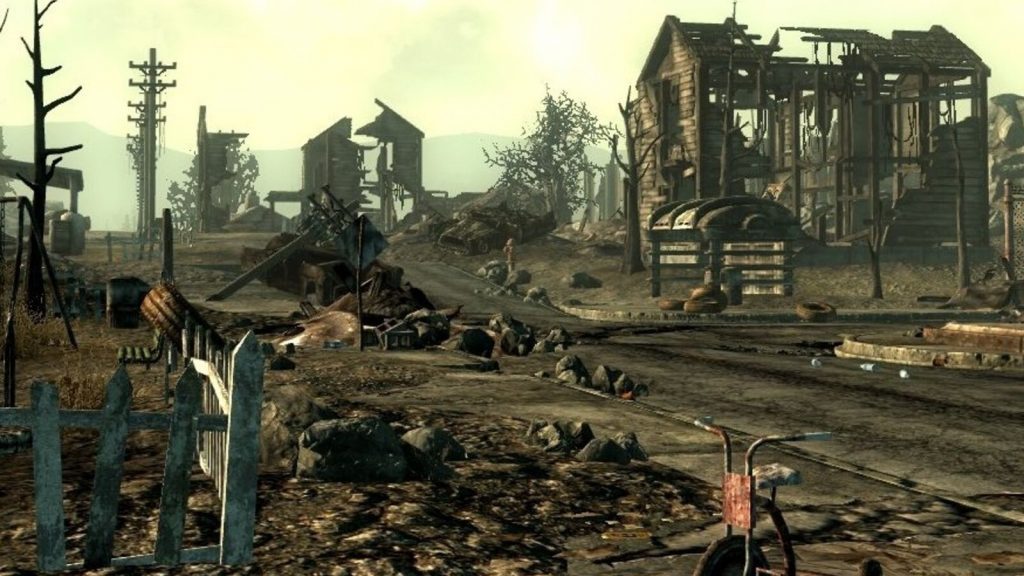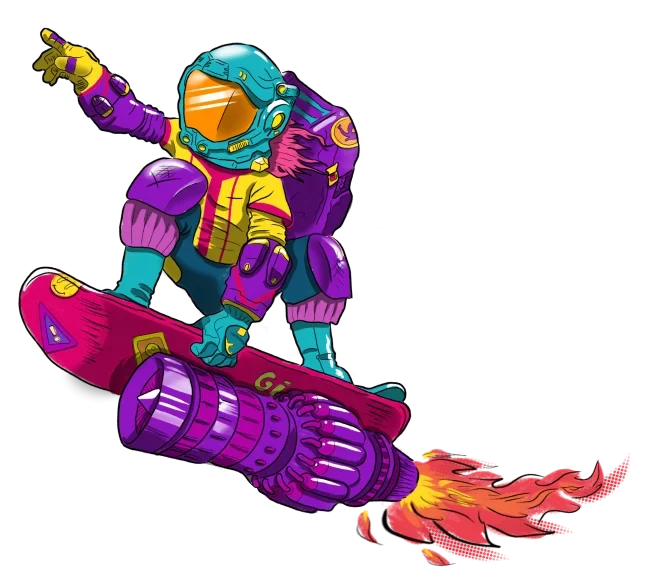The Importance of the Fictional Pact on the Gamer’s Experience – Part 2

How does the fictional pact impact gaming experiences? Explore the role that culturalization and idiomatic expressions play in video game immersion!
The Localization of the Witcher: Leshy-Sized Translation Obstacles on the Path to Localization Paradise

The Witcher III is one of the most beloved RPGs. Discover some cultural and linguistic challenges that came up in the localization process!
The Importance of the Fictional Pact on the Gamer’s Experience – Part 1

How does the fictional pact impact gaming experiences? Explore the role that trailers, artwork, and audiovisual features play in video game immersion!

